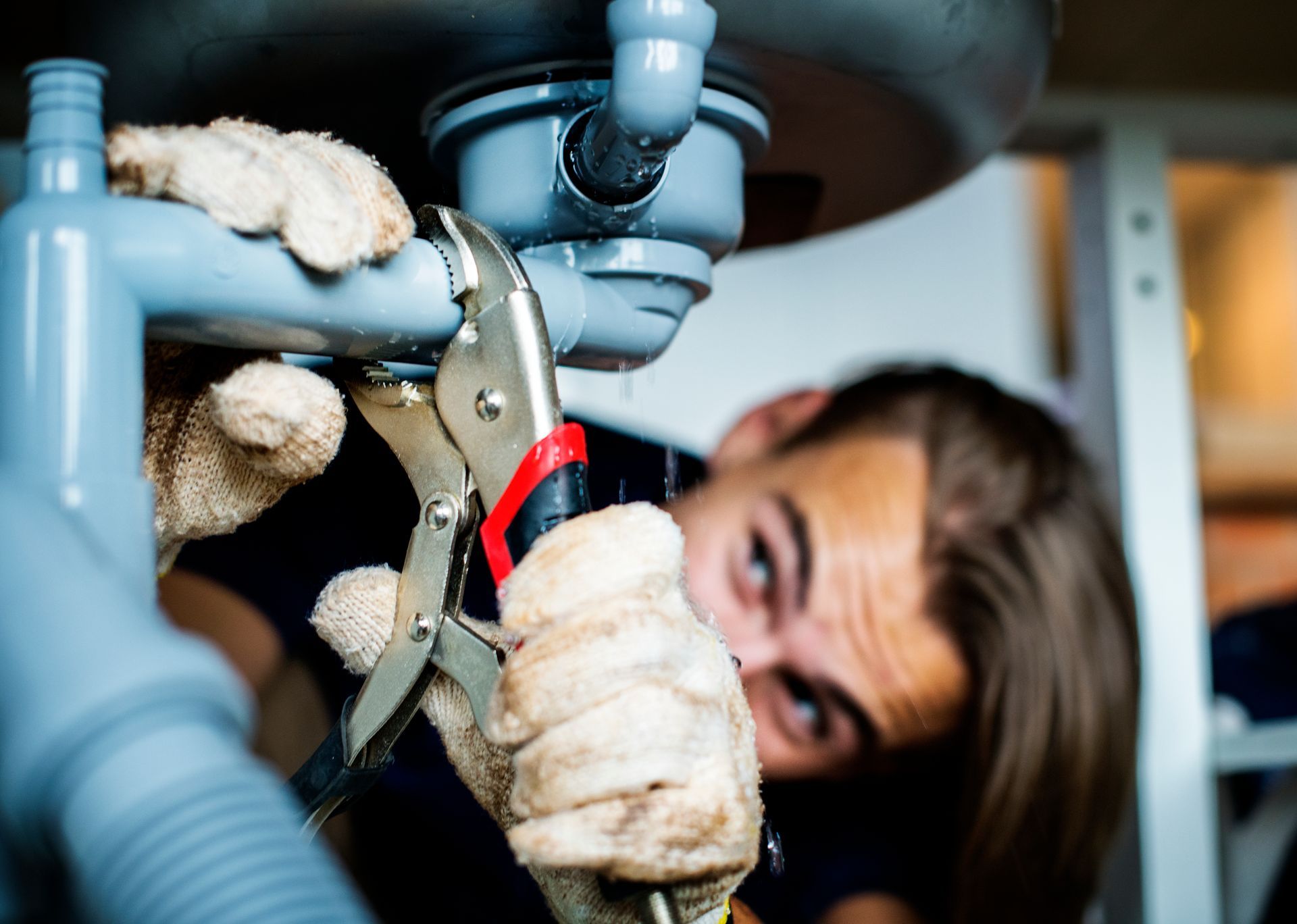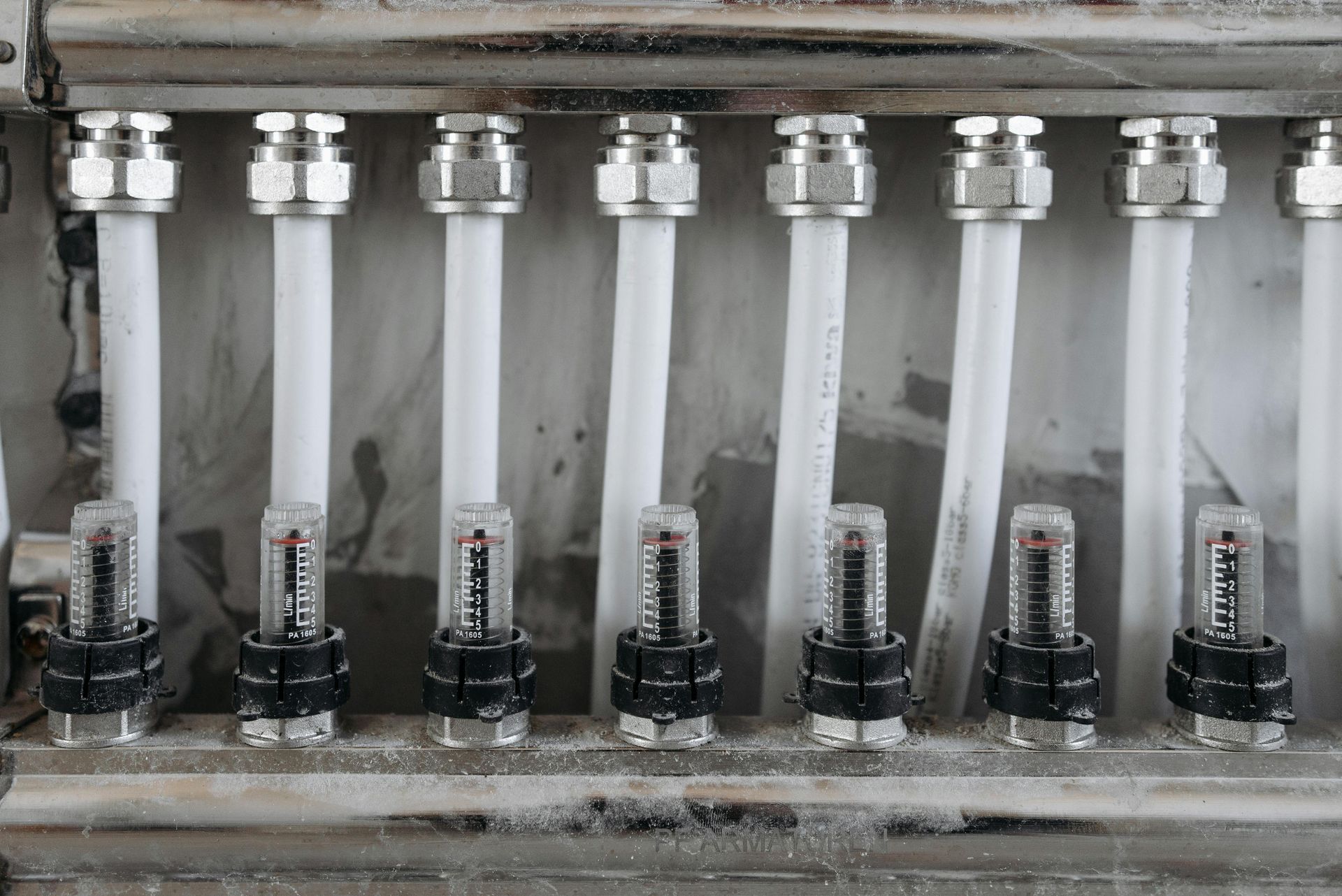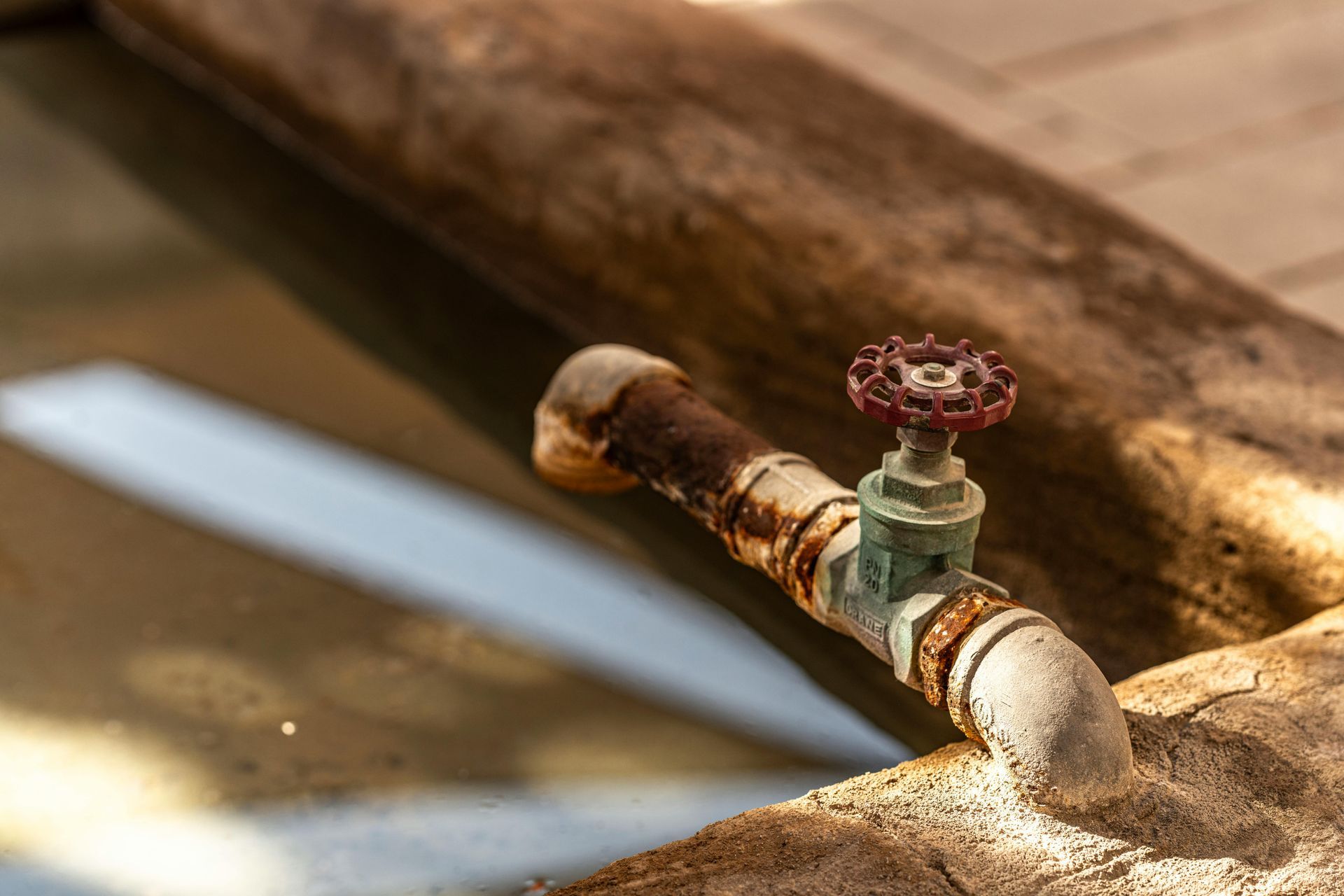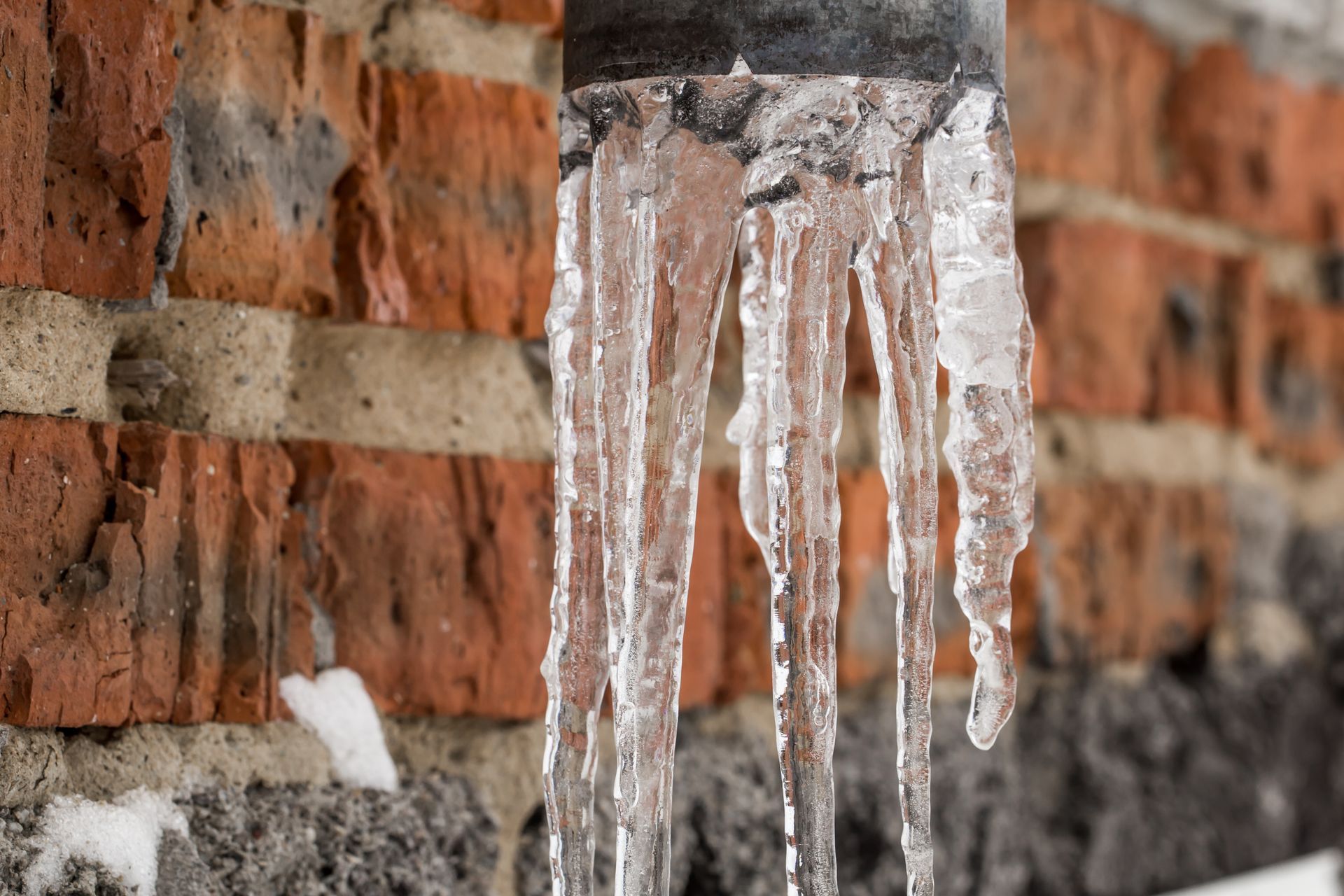Why Tree Roots Lead to Recurring Drain Blockages (And What You Can Do)?
Tree roots are a common and persistent cause of recurring drain blockages in many residential plumbing systems. While the lush greenery from trees adds beauty and value to your property, the underground root systems can wreak havoc on your home's sewer and drainage pipes. This article provides an in-depth, professional exploration of why tree roots lead to repeated blockages, the risks they pose to your plumbing infrastructure, and practical steps to prevent and resolve these issues. Trusted experts like All City Plumbers offer reliable Drain Clearing services to address root intrusion and ensure long-term plumbing health. Additionally, we'll touch on related plumbing tips such as when to replace a faulty washing machine water inlet valve to keep your entire system functioning smoothly.
Why Do Tree Roots Invade Drain Pipes?
Tree roots naturally seek out water and nutrients to sustain growth. Sewer and drainage pipes, especially older ones made from clay, concrete, or cast iron, present inviting environments due to the constant moisture and organic waste they carry. Small cracks, loose joints, or even tiny imperfections in pipes offer entry points for roots. Once inside, roots find a hospitable environment to grow, often expanding rapidly within the pipe.
As roots thicken and multiply, they obstruct wastewater flow, sometimes completely blocking the pipe. The obstruction causes backups and slow drainage, which are frustrating and potentially hazardous. Moreover, expanding root masses can exert physical pressure on pipes, resulting in cracking, collapsing, or shifting, worsening the damage over time.
Signs That Tree Roots Are Causing Recurring Drain Blockages
Recognizing root-induced blockages early helps avoid severe plumbing failures. Common warning signs include:
- Repeated Slow Draining or Clogs: If you frequently experience drain backups in multiple fixtures despite regular cleaning, roots may be the cause.
- Gurgling Sounds: Strange noises from drains or toilets can indicate air pockets caused by partial blockages from roots.
- Unpleasant Sewer Odors: Persistent foul smells emanating from drains or near clean-out points suggest trapped sewage caused by root obstructions.
- Lush or Wet Patches in Yard: Visible soggy areas or unusually healthy patches around sewer lines may indicate underground pipe leaks caused by root intrusion.
- Cracked or Shifted Pipes: If inspected via camera, extensive root growth often coincides with structural pipe damage.
How to Prevent and Manage Root Intrusion
Regular Professional Drain Clearing
While minor clogs may be addressed with basic drain cleaning at home, tree root blockages demand specialized intervention. Professional Drain Clearing services—such as those offered by All City Plumbers—use advanced techniques like hydro jetting and mechanical root cutting that not only remove roots but also clean pipes thoroughly, ensuring smooth flow.
Installing Physical Root Barriers
When repairing or upgrading sewer lines, installing physical barriers made from metal or thick plastic can block roots from reaching vulnerable pipe sections. Root barriers force roots to grow deeper or sidestep plumbing lines.
Routine Sewer Line Inspections
Periodic camera inspections detect early signs of root intrusion, allowing targeted treatments before blockages worsen. Scheduled maintenance reduces emergency calls and extends pipe life.
Using Chemical Root Treatments
Professionally applied foaming root killers or copper sulfate solutions can inhibit root growth within pipes temporarily. These treatments reduce regrowth after mechanical removal but should only be done by licensed plumbers.
Thoughtful Landscaping Practices
Avoid planting aggressive root trees (like willows or poplars) near sewer lines. Maintain proper distance between tree roots and pipes to minimize intrusion risks.
Related Plumbing Tips for System Health
In addition to root prevention, homeowners should also maintain the broader plumbing system. For example, old or faulty appliances can contribute to plumbing strain. Learning when to replace a faulty washing machine water inlet valve can prevent water leaks that exacerbate pipe deterioration.
Homeowners in colder regions should consider install a frost-proof outdoor faucet to protect external plumbing from winter freezes, preventing costly pipe bursts.
Addressing noisy plumbing is also crucial; knowing how to properly fix water hammer noises in your pipes prevents pipe damage and maintains system longevity.
Conclusion
Tree roots cause recurring drain blockages due to their natural growth patterns and the hospitable environment sewer pipes provide. Identifying warning signs early and engaging professional services like All City Plumbers for specialized Drain Clearing are vital steps to regain control over your plumbing system. Combining this expertise with preventive measures including root barriers, regular inspections, and smart landscaping can mitigate future problems and protect your home investment. Complementing these efforts with general plumbing maintenance ensures overall system durability, peace of mind, and uninterrupted plumbing performance.











